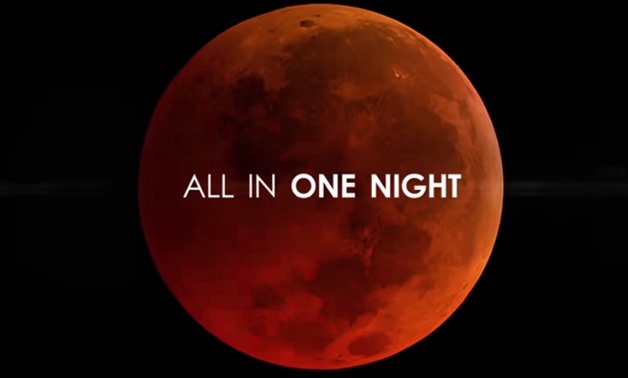
January 31 brings a lunar trifecta: the super blue blood Moon-Courtesy of NASA
CAIRO – 31 March 2018: The second Blue Moon this year is set to light the sky across the world this week end on Saturday night.
Two Blue Moons in a year is indeed unique. We haven’t had a year with two Blue Moons since 1999 and won’t have one again until January and March, 2037.
A Blue Moon is the second full moon in a month, when generally every month witnesses only one full moon appearing every 29 days. However, NASA confirmed that since most months have 30 or 31 days it is possible to have two full moons appear in a single month.
.jpg) It's nearly impossible to compare the apparent size of the supermoon with a micromoon from memory, but when seen side-by-side as in this graphic, it becomes clear. Credit: NASA/JPL-Caltech
It's nearly impossible to compare the apparent size of the supermoon with a micromoon from memory, but when seen side-by-side as in this graphic, it becomes clear. Credit: NASA/JPL-Caltech
Although it is known as a blue moon, the moon’s colors are usually pale gray and white. But, in 1883, the moon appeared bluish when the volcano Krakatoa in Indonesia erupted. The plumes of ash rose to the top of earth’s atmosphere turning the sunset and the moon to green and blue all over the world.
People also saw the Blue Moon after several incidents, such as after the eruption of the El Chichon volcano in Mexico in 1983.
The super moon phenomenon happens when the full moon coincides with the closest point of the moon's orbit to earth. The result is that the moon appears 30 percent brighter than usual and 14 percent bigger than a normal full moon, according to NASA Science Beta. The lastsuper moon phenomenon occurredon January 1.
Both the January and March 2018 Blue Moons are blue in name only.
.jpg)
Comments
Leave a Comment